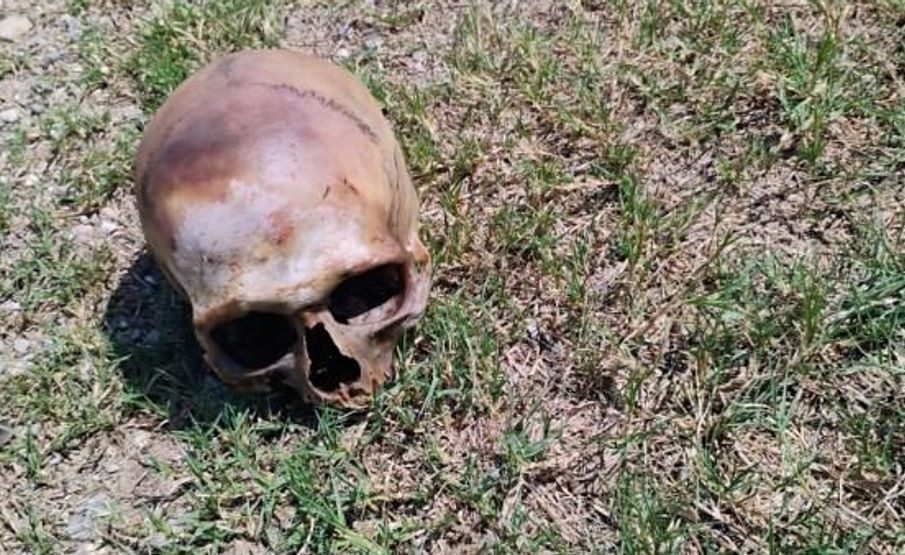Discovery of Human Skull Sparks Archaeological Interest

Importance of the Discovery
The recent discovery of a human skull in a historical archaeological site has drawn significant attention from researchers and historians alike. The find serves not only as a critical piece of evidence regarding ancient human life but also highlights the importance of ongoing archaeological studies in understanding our past.
Details of the Discovery
The skull, unearthed in the vicinity of the historic Roman Baths in Bath, England, was first discovered during routine excavation work. Excavation teams reported the find to local authorities, prompting an immediate response from archaeologists specializing in skeletal remains.
Initial examinations suggest that the skull dates back to the Roman era, possibly around the 1st century AD. Researchers are now employing radiocarbon dating techniques to confirm its exact age. The condition of the skull indicates that it may have belonged to an adult male, with trauma visible on the surface, suggesting possible violent encounters or medical practices of the time.
Significance for Archaeological Research
Dr. Lucy Winters, a leading archaeologist at the site, commented, “This discovery offers a rare glimpse into the lives of individuals during the Roman occupation of Britain. It opens up discussions regarding health, lifestyle, and even social structures of that period.” Further analysis of the remains will provide insights into diet and health conditions prevalent among the population.
Community and Cultural Impact
The find has sparked interest among local residents and history enthusiasts who view it as an important part of their community’s heritage. The city of Bath is already known for its rich Roman history, and this latest find is expected to enhance local tourism, as visitors flock to learn more about the site’s significance.
Conclusion
In conclusion, the discovery of the human skull represents a remarkable finding in archaeological research, offering potential insights into ancient Roman life in Britain. As investigations continue, the local community, historians, and archaeologists alike remain eager to learn more about this intriguing find and its implications for understanding human history. Future updates on this discovery will likely draw even more attention to the archaeological community and contribute to a richer understanding of our ancestral lineage.









